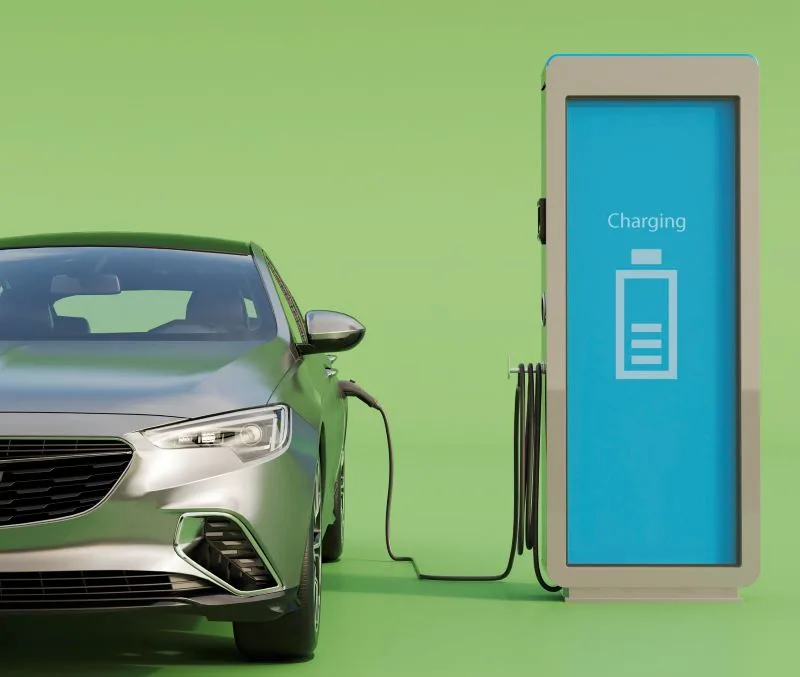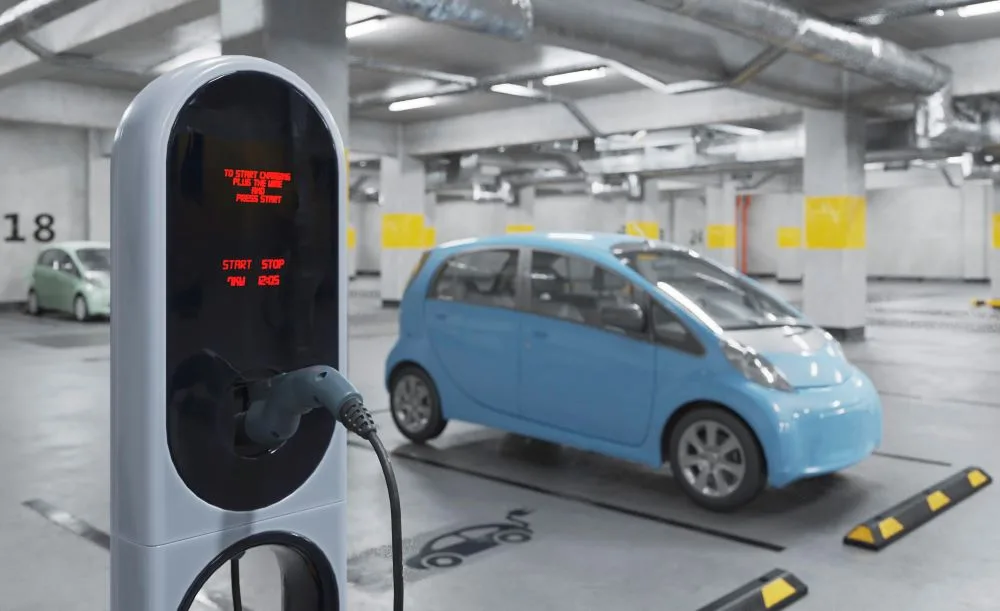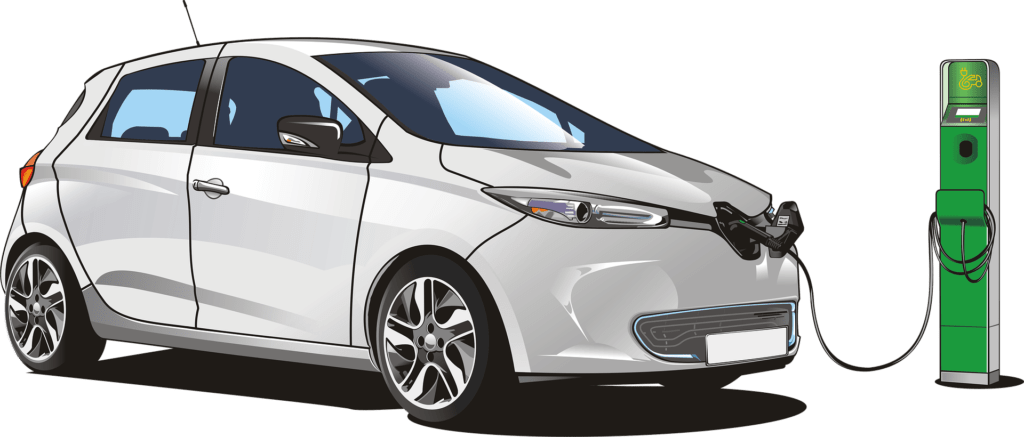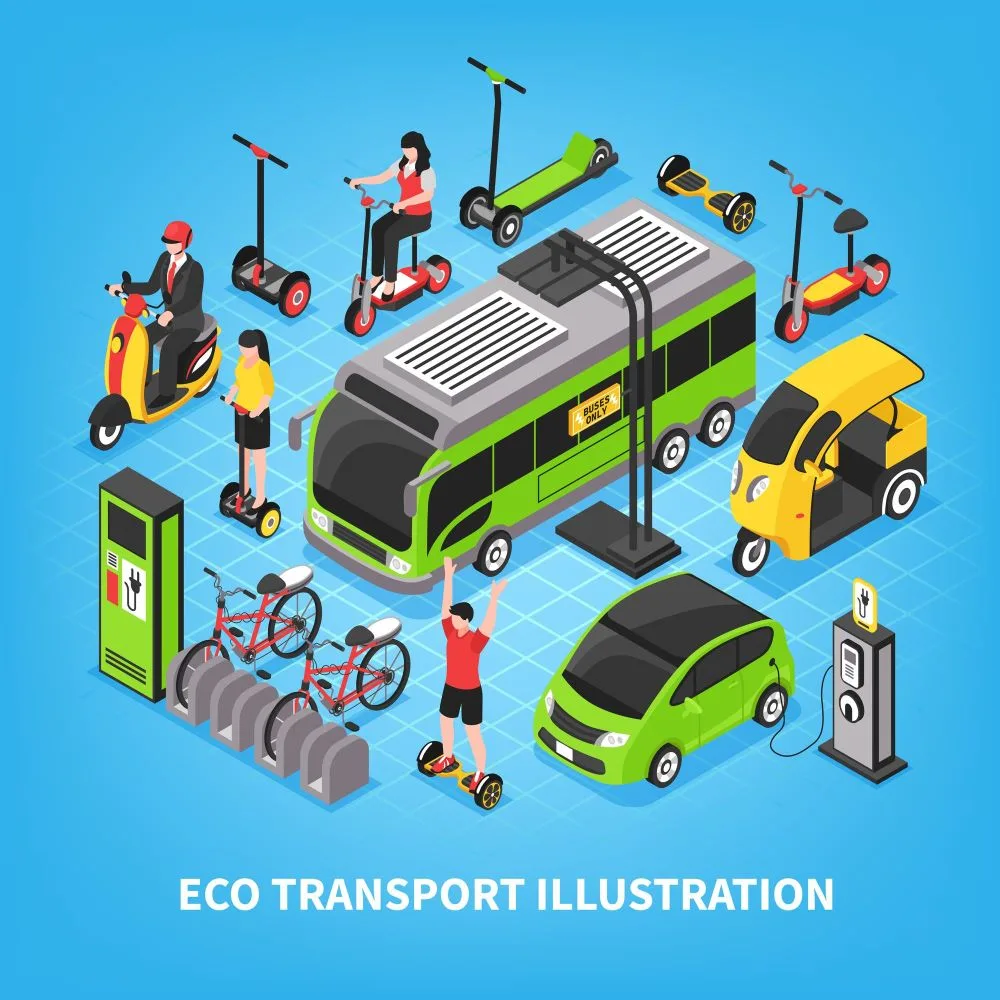Currently, the status of Electric vehicles is of prime importance as one of the top AI trends in the automotive industry. With several automakers investing in electric technology, EV adoption increasing over the past few years. With battery technology improving dramatically, electric cars with a long driving range and affordable prices have become a reality. As such, electric vehicles have captured the attention of vehicle buyers extensively.
Despite the excitement about EVs, the electric vehicle market is still relatively small compared to Gasoline-powered cars. As of 2022, electric vehicles only make up 14% of the total number of cars sold worldwide, even after a decade of mass manufacturing.
This article will delve into the current status of electric vehicles globally, identifying the factors that have contributed to the growth of the electric vehicle market and the innovations that might shape the industry’s future.
- Status of Electric Vehicles in the US
- Status of Electric Vehicles in Europe
- Electric Vehicle Status in China
- EV Status in Japan
- Status of electric vehicles in India
- Innovations Driving the Electric Vehicle Industry
- Challenges associated with electric vehicles
- What are the major companies involved in electric vehicles manufacturing
- Breakthrough development in the electric vehicle sector
Status of Electric Vehicles in the US
The US has been one of the most influential markets for the electric vehicle industry, with the US government and numerous states providing incentives and tax credits to support electric vehicle adoption. As of 2021, approximately 1.5 million electric vehicles run on US roads.
Despite the high number of electric vehicles within the US, the market share of electric cars remains relatively low at 2.5% of total vehicle sales as of 2020. The high cost of batteries is still a considerable barrier to entry for many buyers. The US market for electric vehicles faces stiff competition from hybrids, which provide an alternative
eco-friendly option.

Status of Electric Vehicles in Europe
In Europe, electric vehicle acquisition across many countries has rapidly increased, driven primarily by aggressive government incentives and regulations. Laws that increasingly encourage electric vehicle adoption and incentives that range from tax rebates to free parking have contributed to the popularity of electric vehicles in Europe.
As of 2021, Norway leads the world in electric vehicle adoption, with roughly 70% of new car sales being electric. European giants such as Germany, France, and the Netherlands have also set aggressive EV adoption goals, mandating the introduction of electric vehicles and the phase-out of gasoline and diesel-powered cars in the coming years.
Refer to our article 10 valuable semiconductor facts to watch out for to learn about various trends in the industry.
Electric Vehicle Status in China
China’s electric vehicle market is the largest in the world, although the country’s automotive industry was mainly dependent on internal combustion engines. It is interesting to know that China is occupying the first place for polluting the environment (through emissions) globally.
In 2020, China made up 50% of the world’s electric vehicle stock, contributing to over 4 million electric vehicles. In response to the country’s pollution crisis, the Chinese government has supported electric vehicle adoption by subsidizing EV purchases and promoting EV charging infrastructure.
EV Status in Japan
Japan has traditionally been one of the world’s leading automotive manufacturers, with Toyota Motor Corporation being one of the nation’s largest automakers. Toyota was one of the first major automakers to introduce hybrid technology in the 1990s and has introduced a range of electric and hybrid vehicles to the market.
As of 2021, Japanese electric vehicles’ market share remains low, though the country has undertaken numerous measures to create a more EV-friendly environment. Tax credits, charging infrastructure grants, and partnerships with local governments to promote EV usage are some of the programs formed by Japan in recent years.
Status of electric vehicles in India
According to the Society of Manufacturers of Electric Vehicles (SMEV), the EV Industry has shown positive growth in India despite the COVID-19 pandemic. India had set some ambitious targets to achieve 100% electrification of public transport and 40% electrification of personal mobility by 2030, leading to various initiatives by the government to accelerate EV growth in the country.
The government has introduced many schemes, incentives, and subsidies to promote EV adoption, such as the FAME India (Faster Adoption and Manufacturing of Electric Vehicles in India) program, which provides financial incentives to EV and component manufacturers, and buyers to promote electric mobility in India. Moreover, recent amendments in the state policies such as Gujarat, Maharashtra, and Delhi have positively impacted the growth of EVs in India.
Electric two-wheeler, e-rickshaws, and electric Buses are the leading electric vehicles in India. However, electric and commercial vehicles still have less market share due to higher purchase costs and a lack of charging infrastructure to boost long-distance travel. The steady growth of EV startups, collaborations between automakers, and government initiatives provide better hope for a bright electric future.

Innovations Driving the Electric Vehicle Industry
The future of electric vehicles looks bright, and market analysts predict that the electric vehicle market will continue to grow swiftly over the next few decades. Several factors are driving this growth, including the dropping prices of electric batteries, government regulations, incentives, various technological advances, and automakers’ promises to release electric models of their popular cars.
Technological advances in wireless charging and battery chemistry stand out in the unfolding story of electric vehicle technology. Wireless charging involves placing a car over a charging pad, which wirelessly sends electricity to the car’s batteries. This technology could make charging faster and more convenient than conventional plug-in charging.
On the other hand, progress in battery chemistry techniques, such as solid-state batteries, promises improved battery life, energy density, and charge/discharge times. These would make electric vehicles a more attractive option for long-distance travel and everyday commuting.

Challenges associated with electric vehicles
Limited Driving Range: It is the major challenge faced by electric vehicles. Even the most advanced electric vehicles can only travel a limited distance before the battery needs to be recharged. This range anxiety is a significant challenge that limits the popularity of electric cars.
High Initial Cost: Electric vehicles tend to be more expensive than their gas-powered counterparts due to the cost of battery technology. The high initial price makes it difficult for many people to afford electric vehicles.
Limited Charging Infrastructure: Another challenge associated with electric vehicles is the limited infrastructure for charging. The availability of charging stations is not as widespread as gas stations. As a result, it is difficult for EV drivers to find a place to recharge their vehicles.
Battery Life and Replacement Costs: The batteries that power electric vehicles have a limited life span and can be expensive to replace. Replacing a battery can be prohibitive for many consumers, making electric vehicles less attractive.
Limited Model Availability: Many manufacturers are still working to develop new electric vehicles, which limits the range of models available. Hence, it is difficult for consumers to find a car that meets their specific needs and preferences.
Charging Time: While gas-powered cars can be refueled quickly, electric cars can take hours to charge fully. It can be a significant challenge for drivers who travel longer distances continuously.
Read our post on 6 types of leading Green energy sources to learn about different green energy resources such as wind energy, tidal energy, etc.
Performance Limitations: Electric vehicles may not be the most suitable for high-performance driving, as the limited energy density of current batteries can limit the power and acceleration of the vehicles.
Dependence on Electricity Grid: Electric vehicles depend on the electricity grid, which can be a concern during power outages or when the grid is not working correctly.
Environmental Impact of Battery Production: The environmental impact of producing batteries is a problem for electric vehicles. Battery production involves using rare earth elements and other materials that can have a significant ecological footprint.
Overall, electric vehicles have several roadblocks that must be addressed to become a practical and popular choice for consumers.
What are the major companies involved in electric vehicles manufacturing
- Tesla Motors
- General Motors
- Nissan
- BMW
- Ford Motor Company
- Volkswagen Group
- Hyundai-Kia Automotive Group
- BYD Auto
- Renault-Nissan-Mitsubishi Alliance
- Daimler AG (Mercedes-Benz)
Breakthrough development in the electric vehicle sector
One breakthrough development in the electric vehicle sector is the advancements in battery technology. The development of new and more efficient batteries has drastically increased the range of electric vehicles, making them more practical for long-distance travel. Some companies are also developing fast-charging technologies to charge electric cars quickly for convenient long-range traveling.

Another breakthrough development is the integration of renewable energy sources, such as solar panels, into electric vehicles. It will allow electric vehicles to recharge their batteries on the go, reducing the reliance on traditional charging methods and making them more accessible in remote locations.
The development of autonomous driving technology is also a breakthrough in the electric vehicle sector. This technology will allow fully electric autonomous vehicles to operate safely and efficiently on the roads while reducing the environmental impact of traditional gas-powered cars. This technology can enable electric vehicles to be used as mobile power sources, for example, providing energy storage and backup power during power outages.
Electric vehicles have come a long way since their inception, with several countries investing to make them the most widely used form of transportation. Consumer demand and innovation in the EV industry have made electric vehicles a practical and affordable alternative to traditional gasoline-powered cars.
However, despite the growth, the electric vehicle market still has a long way to go before EVs become the dominant mode of transportation. Affordable electric batteries, the development of universal charging standards, and the implementation of necessary infrastructure to support electric vehicles’ charging needs are essential factors that should be constantly evaluated and addressed.
With the global push towards environmental consciousness and eco-friendly solutions, there is massive scope for electric vehicles to make a real difference in reducing greenhouse gas emissions and advancing sustainable transportation.



[…] Electric vehicles, popularly called EVs, are revolutionizing the world and driving the car market crazy. EVs, improve the air quality at an accelerated rate, creating a green and clean environment. This is because of zero greenhouse gas emissions. […]